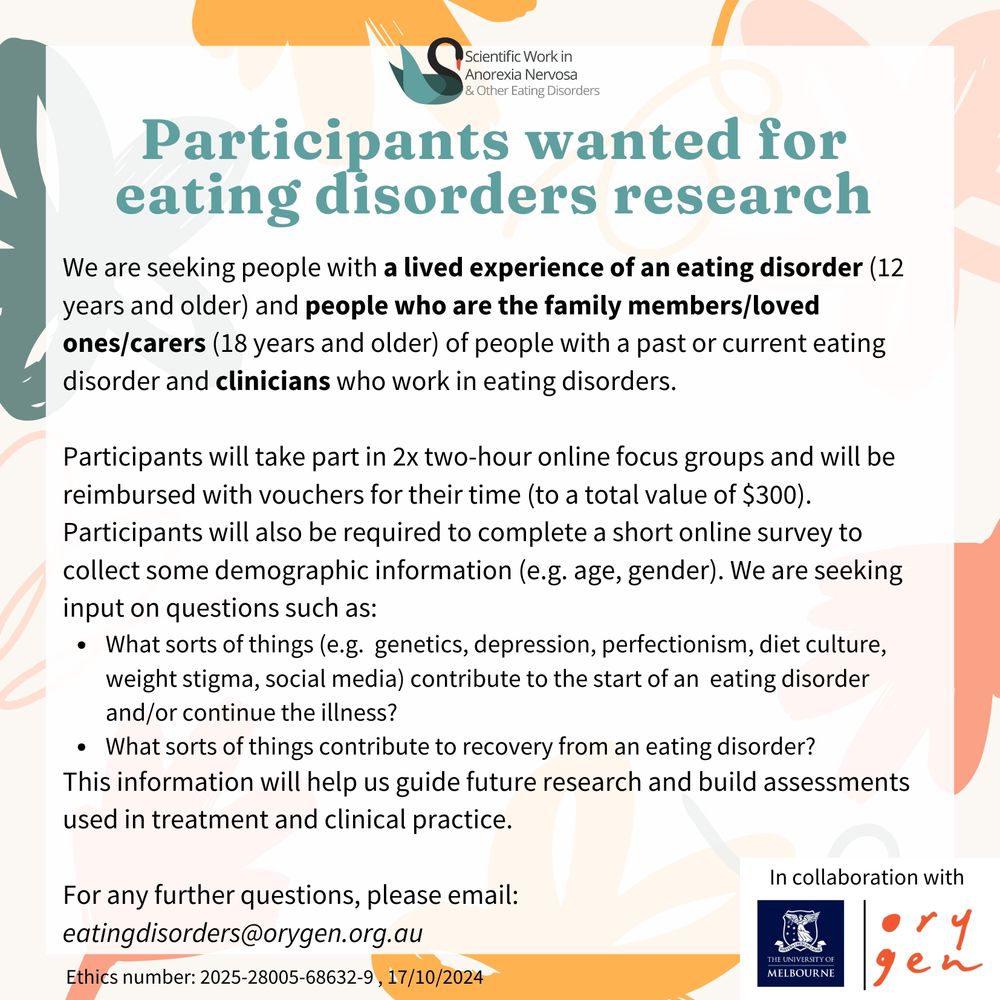Will Harrison
@willjharrison.bsky.social
870 followers
390 following
590 posts
Vision scientists and horror film enthusiast.
I also lecture at the University of the Sunshine Coast when I'm not at the beach.
Posts
Media
Videos
Starter Packs
Reposted by Will Harrison
Reposted by Will Harrison
Will Harrison
@willjharrison.bsky.social
· Aug 31
Reposted by Will Harrison
PLOS Biology
@plosbiology.org
· Aug 27

The prefrontal cortex encodes task-identity information and flexibly adjusts its sensory processes as a function of the specific ongoing task
Does the prefrontal cortex represent only specific task parameters, or does it also hold a higher-order representation of task identity? This study shows that the prefrontal cortex flexibly encodes ta...
plos.io
Will Harrison
@willjharrison.bsky.social
· Aug 27
Will Harrison
@willjharrison.bsky.social
· Aug 26
Will Harrison
@willjharrison.bsky.social
· Aug 25
Will Harrison
@willjharrison.bsky.social
· Aug 25
Reuben Rideaux
@reubenrideaux.bsky.social
· Aug 25

Virtuous Machines: Towards Artificial General Science
Artificial intelligence systems are transforming scientific discovery by accelerating specific research tasks, from protein structure prediction to materials design, yet remain confined to narrow doma...
www.arxiv.org
Reposted by Will Harrison
Reposted by Will Harrison












